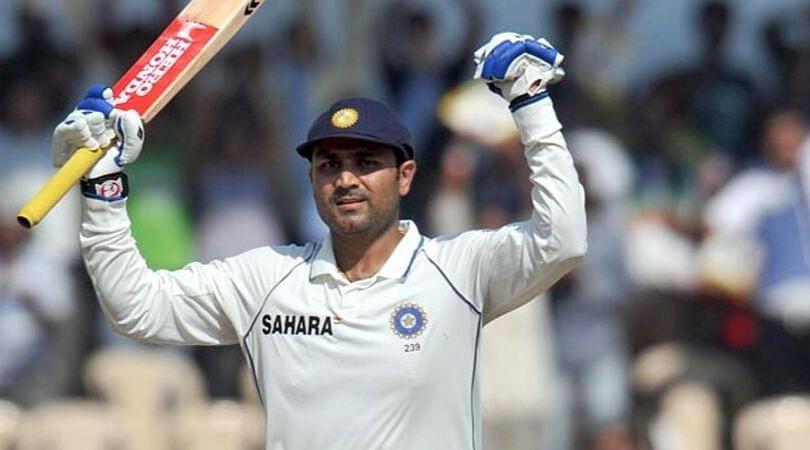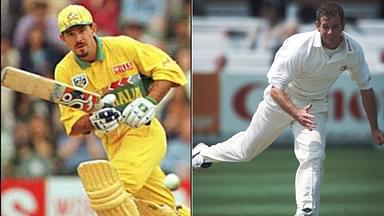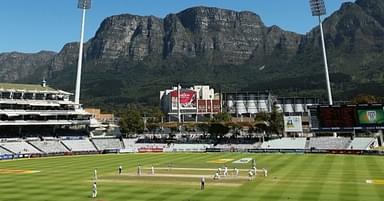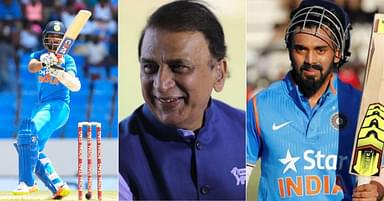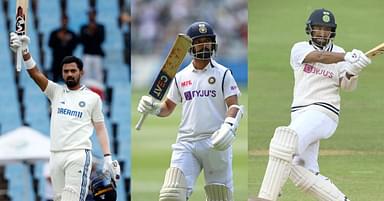3 middle-order batsmen who became successful openers: The Sports Rush present before an elite list of transformation in cricket.
Advertisement
India limited-overs vice-captain Rohit Sharma is all set to become the latest cricketer to convert his status from that of a middle-order batsman to an opening batsman in Test cricket. With out of form Lokesh Rahul omitted from the Test squad for South Africa series, Sharma has been announced as his replacement.
While Sharma was already part of the squad, he wasn’t getting a chance in the Playing XI. The vacant position in the top-order seems to be the only option to accommodate Sharma in the Test team. Having successfully made the transformation in limited-overs cricket, there are plentiful expectations from Sharma with his new role.
For the first five years of his ODI career, Sharma batted in the middle-order (4-7) scoring 1,847 runs in 75 ODIs at an average of 34.20 and a strike rate of 79.92 including two centuries and 12 half-centuries.
Sharma underwent a change of fortunes since permanently opening the batting in 2012. In 134 ODIs as an opener till now, he has scored amassed 6,719 runs at an average of 57.42 and a strike rate of 92 including 25 centuries and 30 half-centuries.
Having played cricket at the highest level for 12 years, Sharma has it in him to adjust to the demands of a Test opener. If the ploy works well for India, it will doubtlessly aid them in the ongoing ICC World Test Championship.
3 middle-order batsmen who became successful openers
Virender Sehwag
Irrespective how Sharma plays in the upcoming Test series, he will be instantly compared to former India opening batsman Virender Sehwag. Having begun as a middle-order batsman, Sehwag had set the example of playing record-breaking innings even in a contrasting batting position.
Another reason why Sharma will be compared to Sehwag is because both the players became openers because of dearth in the middle-order and them being too good to be left out.
Captains/coaches/selectors everywhere these days are quick on the eject button. Onus is on Rohit Sharma — as opener now — to secure a place in Test team for a longish period. But I do hope he gets a reasonable run to do this
— Cricketwallah (@cricketwallah) September 12, 2019
Despite Sehwag scoring 309 runs in his first five Test at an average of 51.50 and a strike rate of 64.64, the then captain Sourav Ganguly had made him open the batting in a legendary decision.
In 99 Tests as an opening batsman, Sehwag ended up scoring 8,207 runs at an average of 50.04 and a strike rate of 83.10 including 22 centuries and 30 half-centuries. It is worth mentioning that Sehwag is the fifth-highest run-scorer as an opening batsman in Test matches.
Justin Langer
There is no going into a safe house about the fact that current Australia coach Justin Langer was among the best opening batsmen of his times. Having scored 5,655 runs in 113 innings alongside Matthew Hayden as an opening pair, the duo have scored the second-highest number of runs by an opening batsman in Tests.
Having made his Test debut as a No. 3 batsman against West Indies in Adelaide in 1993, Langer did open the innings for the first time in the following match. However, his permanent role as an opening batsman started during the 2001 Ashes in England.
Langer grabbed the opportunity with both hands by scoring his eighth Test century. In his first seven Tests as an opener, the southpaw scored a gargantuan 787 runs at an average of 87.44 and a strike rate of 54.46 including five centuries and two half-centuries.
Since then, Langer played 65 Tests as an opener scoring 5,112 runs at an average of 48.22 and a strike rate of 57.91 including 16 centuries and 18 half-centuries.
Marvan Atapattu
Marvan Atapattu’s Test career is a prime example of things taking time to flourish at the highest level. Having made his Test debut against India in 1990, Atapattu scored a mere one run in his first three Test matches. It was only in 1997 that the right-hand batsman reached double figures for the first time in his fourth Test.
1997 was also the year when Atapattu opened the innings for the first time in Test matches. As a result, 1997 was also the year which put forward a different version of Atapattu in front of the world.
Atapattu played 79 Tests as an opener till his retirement in 2007 scoring 5,317 runs at an average of 43.22 and a strike rate of 44.62 including 16 centuries and 17 half-centuries.
In the other seven Tests (where he didn’t open the innings), Atapattu scored 95 runs at an average of 9.5 including five ducks in 11 innings. The difference in both the numbers speak highly of how well Atapattu adjusted from being a middle-order batsman to an opening batsman.

